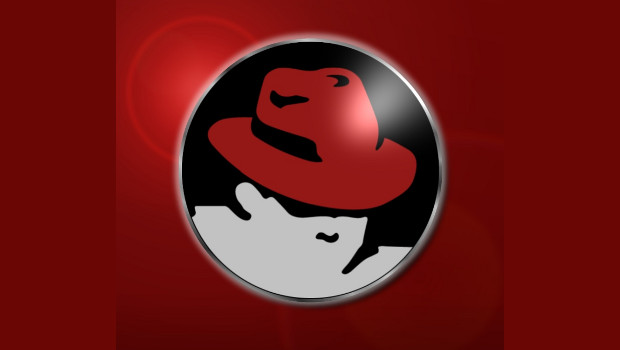Rounding out its set of software for connecting enterprise applications, Red Hat has released additional software for its JBoss Fuse enterprise service bus that provides the basis for building service-oriented architectures (SOA).
The new software “sets the stage for faster and easier business process project development,” said Sameer Parulkar, Red Hat principle product marketing manager for JBoss integration products.
The product is designed to “create a flexible services framework to hide the complexity of integrating different applications,” Parulkar said.
While SOA was widely advocated by IT consultants and architects in the past decade, fewer IT vendors are talking about the concept these days. Nonetheless, the approach could be useful for organisations as they move their operations to the cloud, Parulkar said.
“We’re seeing a re-emergence of this concept. As workloads move from on-premise to cloud, they still need integrations between different end-points. You need an easy way to integrate applications together,” Parulkar said.
The release of JBoss Fuse Service Works 6, the first commercial release of the software, also provides an alternative to the Oracle SOA Suite and the IBM Integration Bus, both of which offer overlapping functionality.
Acquired by Red Hat in 2012 through the purchase of FuseSource, the JBoss Fuse enterprise service bus (ESB) provides a messaging bus that can be used to share data and create workflows across different enterprise applications. JBoss Fuse is built on the open source Apache Camel integration framework. Apache Camel itself relies on the Apache ActiveMQ message broker and the Apache CXF Web services framework.
JBoss Fuse Service Works provides additional tools to help administrators manage complex workflow environments that run on JBoss Fuse. It includes SwitchYard, which provides a service orchestration interface for building workflows and defining business logic. It provides tools for establishing and enforcing organisational policies, and exposing services so they can be found elsewhere in the organisation.
The package also includes tools for business transaction monitoring, which captures performance metrics of services. Such information can be useful in establishing and meeting service level agreements (SLA) as well as for helping in fine tuning services for better performance.
The SOA approach advocates decomposing monolithic applications into individual discrete services, so they can be reused in other applications and cobbled together to build composite applications.
A service can be something like, say, an order status service that provides an update of the status of an order once it is placed. Another service could be an inventory check, which could query back-end inventory management systems to see if a particular product is in stock.
“The underlying information being captured could be from multiple data sources and applications,” Parulkar said.
Joab Jackson, IDG News Service








Subscribers 0
Fans 0
Followers 0
Followers